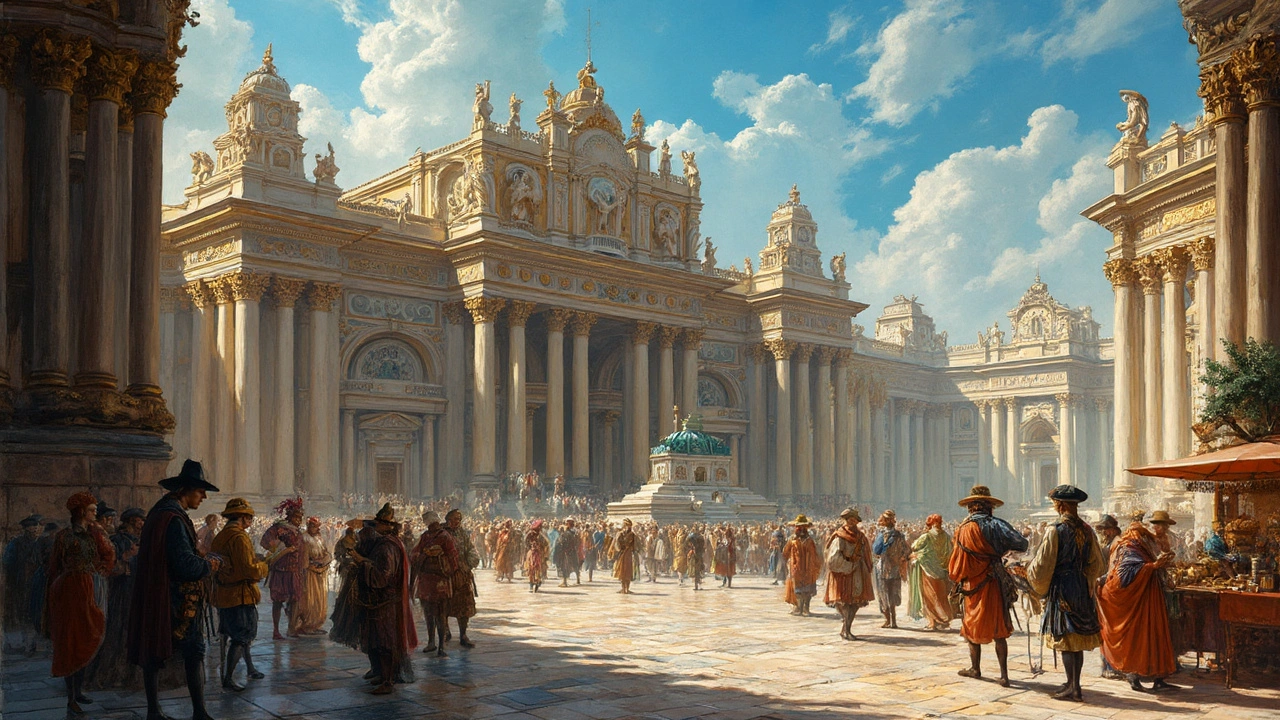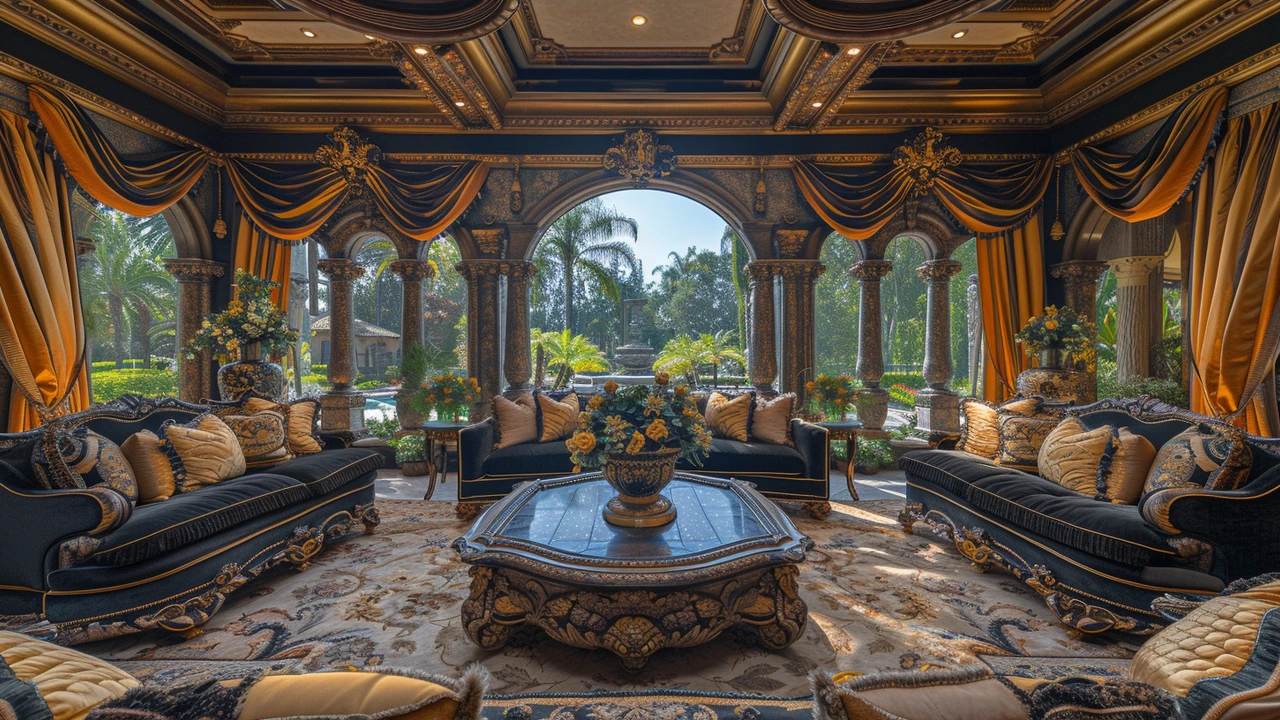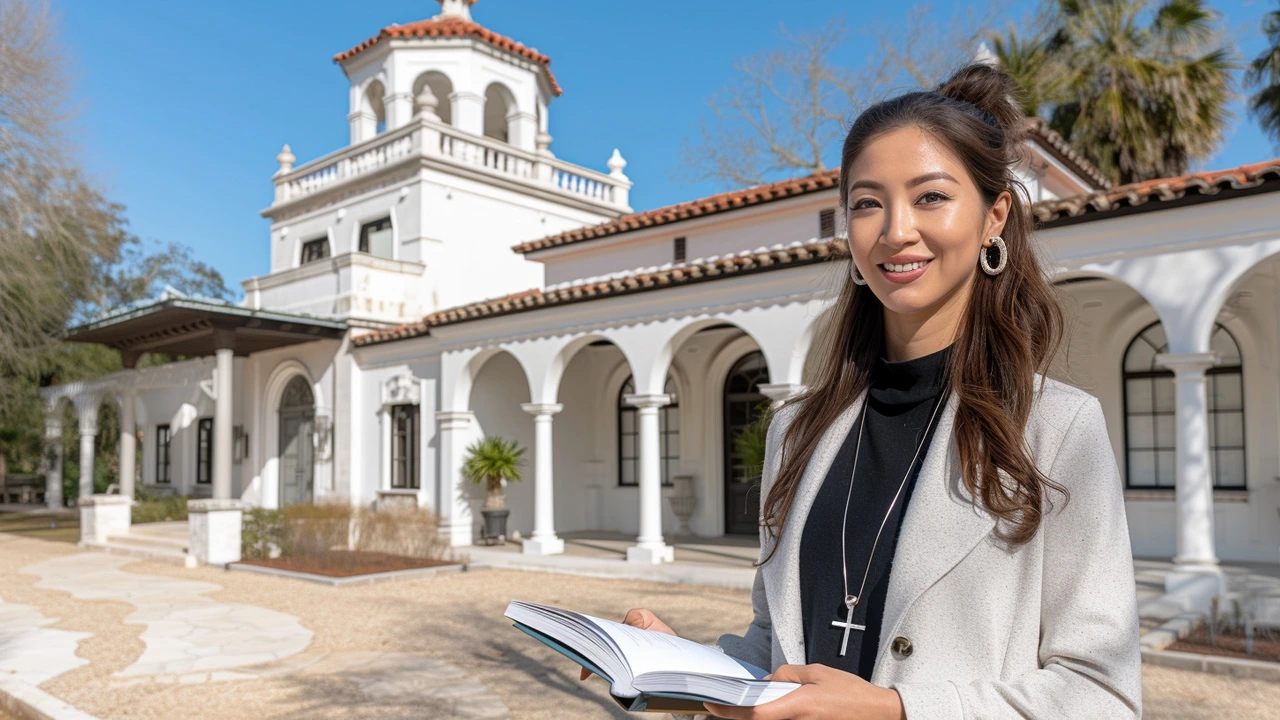Baroque architecture isn't just grand and ornate; it tells stories about the cultural shifts of its time. This article dives into how this architectural style influenced the world, from its lush details to its dramatic designs. Readers will explore how Baroque art served as a reflection of power, emotion, and innovation. With practical insights and engaging examples, you'll see why this style left such an indelible mark on history.
Cultural Influence in Architecture
Buildings carry culture. Walk down a street and you’ll see stories about climate, religion, labor, trade, and power written in brick and wood. Cultural influence in architecture means local needs, materials, crafts, beliefs, and history shape how buildings look and work. Knowing what to look for turns city walks into small history lessons and helps designers make choices that feel right for a place.
Start with clear signs: materials, roof shape, ornament, layout, and public use. Clay tiles and courtyards often point to Mediterranean or warm climates. Big columns and symmetry hint at Greek Revival or Beaux‑Arts ideas. Bold geometric forms and industrial materials can signal Constructivist or High‑Tech roots. Even color palettes tell stories—bright facades might reflect local pigments or cultural rhythms, while muted stone often signals long-standing masonry traditions.
How to Read a Building
Look at the entrance first. Is it low and private, or grand and public? That shows social values. Check windows and shading—deep eaves, verandas, or shutters are clues about sun and rain. Notice materials up close: hand‑carved wood, rough adobe, or machine‑cut steel reveal craft and tech level. Walk the site: where do people gather? Courtyards, plazas, and covered markets show communal habits. Orientation matters too—many traditional designs align to sun, wind, or ritual paths.
Also pay attention to what’s missing. Modern glass towers often drop local ornament; colonial buildings may layer foreign styles over local methods. That mix tells a story of contact, trade, or conquest. For example, some colonial churches combine Gothic arches with local carving, showing both imposition and adaptation. Revival movements—like Renaissance or Greek Revival—reuse older ideas to send cultural messages about power, taste, or identity.
Practical Ideas for Designers and Curious Walkers
If you design or renovate, use local materials and makers whenever you can. Small moves—tile patterns, porch proportions, window depth—make a new building feel rooted. Blend tech with tradition: add modern insulation but keep traditional rooflines or joinery. For walkers, carry a camera and note three details: roof, entrance, and material up close. Compare those details across neighborhoods to spot cultural threads and historical shifts.
Keep context in mind. Some heritage buildings are loved by communities; others are reminders of painful histories. Ask whose story a building tells. Preservation should include local voices and use, not just pretty facades. When you read a building this way, you’ll find more than style—you’ll find choices people made about weather, work, worship, and identity.
Curious to learn more? Pick a local street, list five cultural clues, and then read about related styles—colonial blends, Beaux‑Arts planning, Neo‑Futurist visions, or regional revivals. You’ll see how architecture is never just about looks; it’s culture made visible.
Well, let's dive right into the fabulously flamboyant world of Rococo art, shall we? This cheeky little style refused to 'go gentle into that good night', I tell you! It's like the party guest who, instead of leaving, just turns up the music and starts a conga line. Bursting onto the scene in the 18th century, it brought a breath of fresh air to the art world with its playful, ornate, and pastel-hued compositions. So here's a hearty toast to Rococo - the art style that not only didn't fade away, but also threw confetti at anyone trying to show it the door!
Say hello to the kaleidoscope of postmodern architecture, a dazzling mirror of our social mores! It's like society took a selfie and, voila, we got these intriguing, unconventional buildings! This edgy architecture style scoffs at the "less is more" mantra, replacing it with a cheeky "more is more". It's a juicy cocktail of styles, mixing historical elements with a playful twist. So, next time you walk by a wacky, mismatched building, remember, it's not just a structure, it's a peek into our vibrant society's soul!



